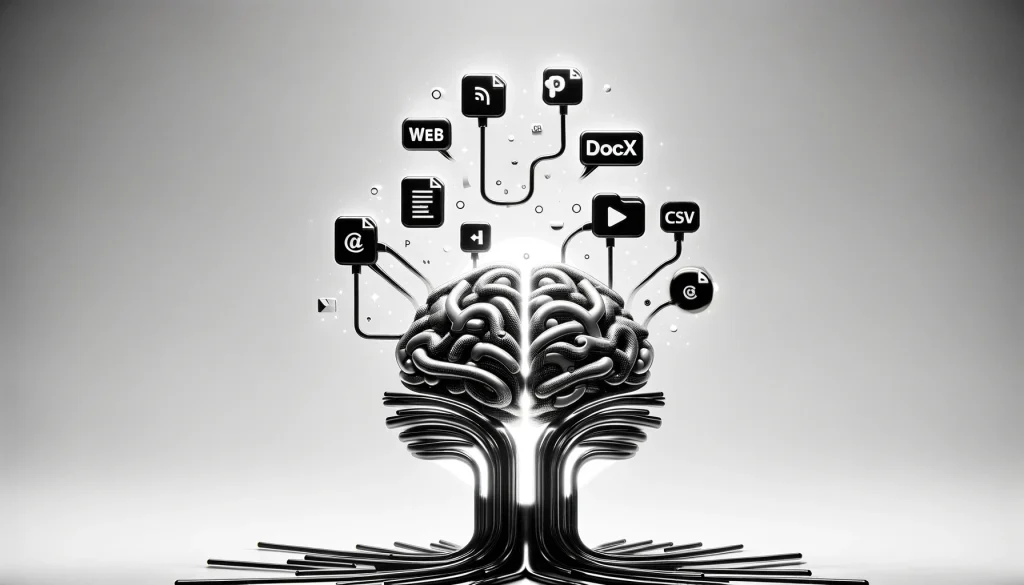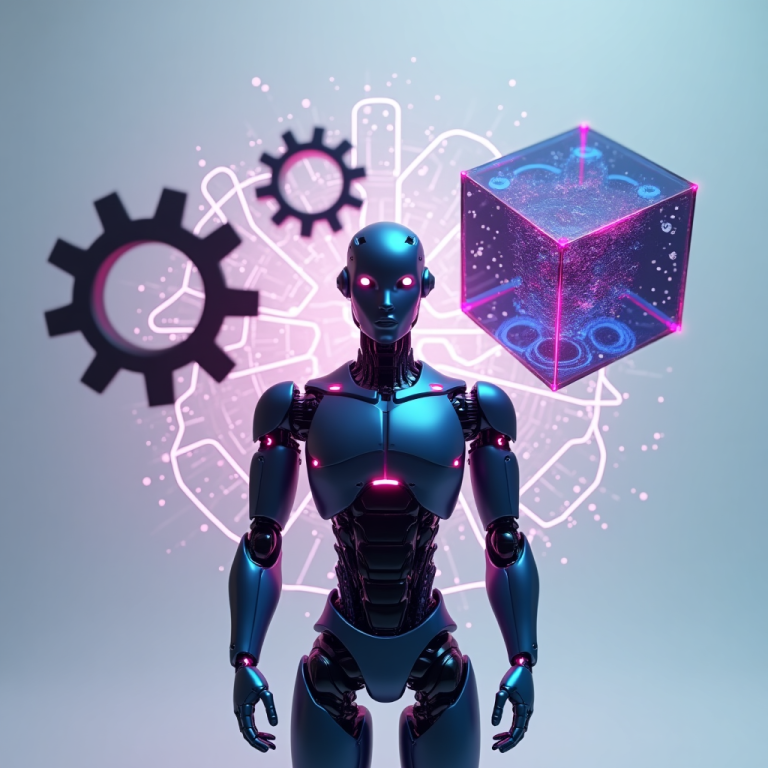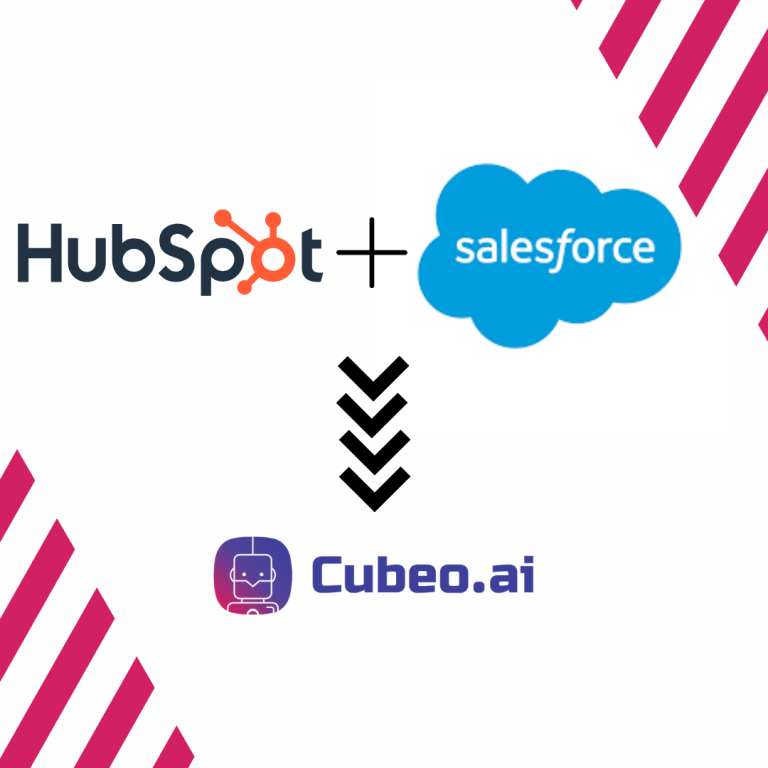Among the numerous types and methods of artificial intelligence (AI), few are making a bigger impact on improving how AI-generated responses better hone in on accuracy, relevance, meaning and understanding.
This approach merges the benefits of large language models (LLMs) with real-time data retrieval, building AI systems that are more dependable and contextually intelligent.
Through this blog, I will be covering a deep dive on what Retrieval Augmented Generation is and how it improves LLMs as well as its real life use cases and many more
Let’s dive in!
Table Of Contents
What is Retrieval-Augmented Generation (RAG)?
This is a technique that helps AI Assistants powered by LLMs to have better answers by first getting useful information from external sources (like company database, web browser, research papers etc) and then generating the output.
Using this technique you can build more and more sophisticated AI systems which are grounded in this reference model, making them much easier to be reliable and context-aware.
With RAG, you can access the latest available information on the fly instead of being restricted to previously provided training data alone. This little approach ensures that AI will give you zestful responses related to your query and not something outdated or old.
How RAG Improves AI Models
RAG improves AI models by incorporating real-time data from external sources, lowering errors and increasing response accuracy and relevance.
For example, without RAG, an AI model may deliver outdated or erroneous information based on training data. However, with RAG, the model can obtain the most recent data and deliver a more accurate response.
This is especially valuable for applications that demand current knowledge, like news summaries or customer support.
How RAG Reduces AI Hallucinations?
AI hallucinations occur when models generate incorrect or nonsensical information.
RAG helps in reducing these hallucinations by grounding responses in real-world data.
By fetching relevant documents, using them to inform the generation process and forcing the LLM to cite all sources it uses, RAG ensures that the AI provides factually correct and contextually relevant answers.
This is particularly important for applications that require high accuracy, such as legal research or medical diagnosis.
Real-Life Applications of RAG
RAG is used in a variety of applications including customer service, healthcare, and education, to offer accurate and context-aware responses.
For example, in customer service, RAG-powered AI Assistants can obtain relevant information from a company’s database and respond to consumer inquiries swiftly and accurately.
In healthcare, AI Assistants can assist clinicians by offering the most recent research and treatment alternatives based on patient data.
In education, RAG can personalize learning experiences by creating information targeted to specific student requirements.
RAG in Customer Support
RAG-powered AI Assistants in customer support can provide accurate and quick responses by retrieving relevant information from a company’s knowledge base database. This improves customer satisfaction and efficiency.
For instance, a customer support AI Assistant can use RAG to fetch the latest product information or troubleshooting steps, ensuring that customers receive the most accurate and helpful responses.
RAG for Personalized Learning
In the education sector, RAG can be used to provide personalized learning experiences by fetching and generating content tailored to individual student needs and queries.
For example, an educational platform can use RAG to generate customized study materials or answer specific questions based on the student’s progress and learning style.
This makes learning more engaging and effective.
Building a RAG System from Scratch
Building a RAG system involves several steps:
- Parse your documents
The first step is to parse external documents like PDFs, Docx, videos, audios, website urls etc and extract all meaningful information from them. This is a very important step because the accuracy of the extracted data from documents directly impacts the AI Assistant response. - Chunking documents
Once you parse a document, you have to split it in small pieces, usually named chunks. Here are 2 main parameters you have to play with: chunk size and chunk overlap. Chunk size is the maximum size an extracted piece of text could have while chunk overlap is the option that allows adjacent fragments to share certain common information - Embed chunks
Embedding the resulting chunks consists in transforming the chunk text in an array of numbers. This is the vector that represents that piece of text. It will be used later to find similar documents in our knowledge database based on the user’s query. This is done usually using another AI model from providers like OpenAI, Cohere etc. - Save embeddings
Once you have generated the embeddings for each chunk, you have to save it along with the text into a knowledge database, typically in a vector store database. These databases are optimized for storing arrays of numbers (vectors) and compute similarities between them.
By following these steps you can build the ingestion part from the RAG system.
But that’s not all!
How do you use the knowledge database for answering questions?
Well…this is another story:
- Embed user’s query
When a user asks a question, you have to embed their question into an array of numbers (vector) like in step 3. Above. - Find similar chunks
Once you have the vector, you can make a query in the vector database to retrieve similar chunks with the user’s query. - Advanced tips
There are some advanced steps that you can do in order to improve your RAG system like chunks Re-Ranking, user’s question rewriting and others. - Send to LLM to generate an answer
After having the similar chunks, you have to send them along with the user’s query to an LLM and ask for answering the question using provided chunks.
That’s it!
You have a complete RAG system for your needs.
Of course, this is a simplified version of how you can build one but now you have an idea of what RAG is and how to build one from scratch.
Important Things To Have In Mind
The most important things we discovered during RAG development are:
- You can’t build a general purpose RAG for all businesses. It depends on each datasets they have and their use-case.
- You have to play with different retrieval strategies and parameters to see what is the best for your dataset and your use-case.
- The prompt sent to LLM plays a crucial role in RAG. You have to improve it for your needs.
However, you don’t have to deal with all of these problems. Cubeo AI lets you start building a RAG system over your data in minutes and play with all of these parameters to fine-tune your RAG for your unique need.
We’re struggling to offer you the latest advanced techniques to make it easier for you to test them without investing in development.
How Cubeo AI helps you with RAG
We developed and dealt with a lot of production-ready RAG systems and faced many problems that we fixed.
We support many types of documents like PDF, Docx, video files, audio files, Youtube Video, Websites and more that you can parse and include in your knowledge database.
We offer you the latest techniques that you can test over your data and see what is the best for you.
After building your RAG, you can integrate it with external systems like your website and let customers ask questions about your business.
Conclusion
Retrieval-Augmented Generation (RAG) represents a significant advancement in AI, enhancing the accuracy and relevance of AI-generated responses by integrating real-time information retrieval.
From customer support to personalized learning, RAG’s applications are vast and varied, making AI systems more powerful and versatile.
As we look to the future, RAG is poised to play a crucial role in the continued evolution of AI, making it more adaptive, intelligent, and reliable.
By understanding and leveraging the power of RAG, you can unlock new possibilities for AI applications, ensuring that they provide accurate, context-aware, and up-to-date information.
Whether you’re building a RAG system from scratch or exploring its applications in various fields, the potential of RAG is immense and exciting.



